NASA TESS discovers Earth-sized planet with possibility of water on SURFACE!
NASA's TESS has discovered an Earth-like planet in a habitable zone near a star. Here’s what you need to know.
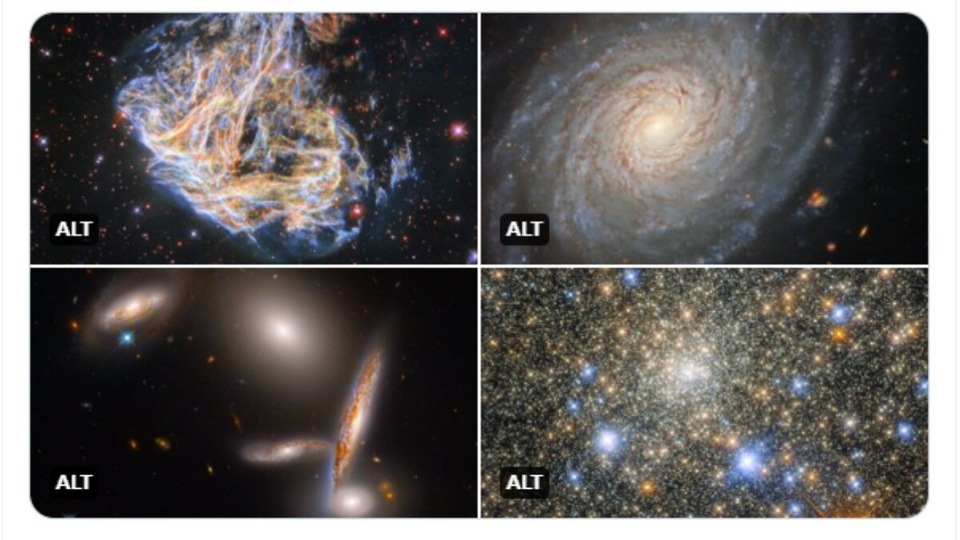
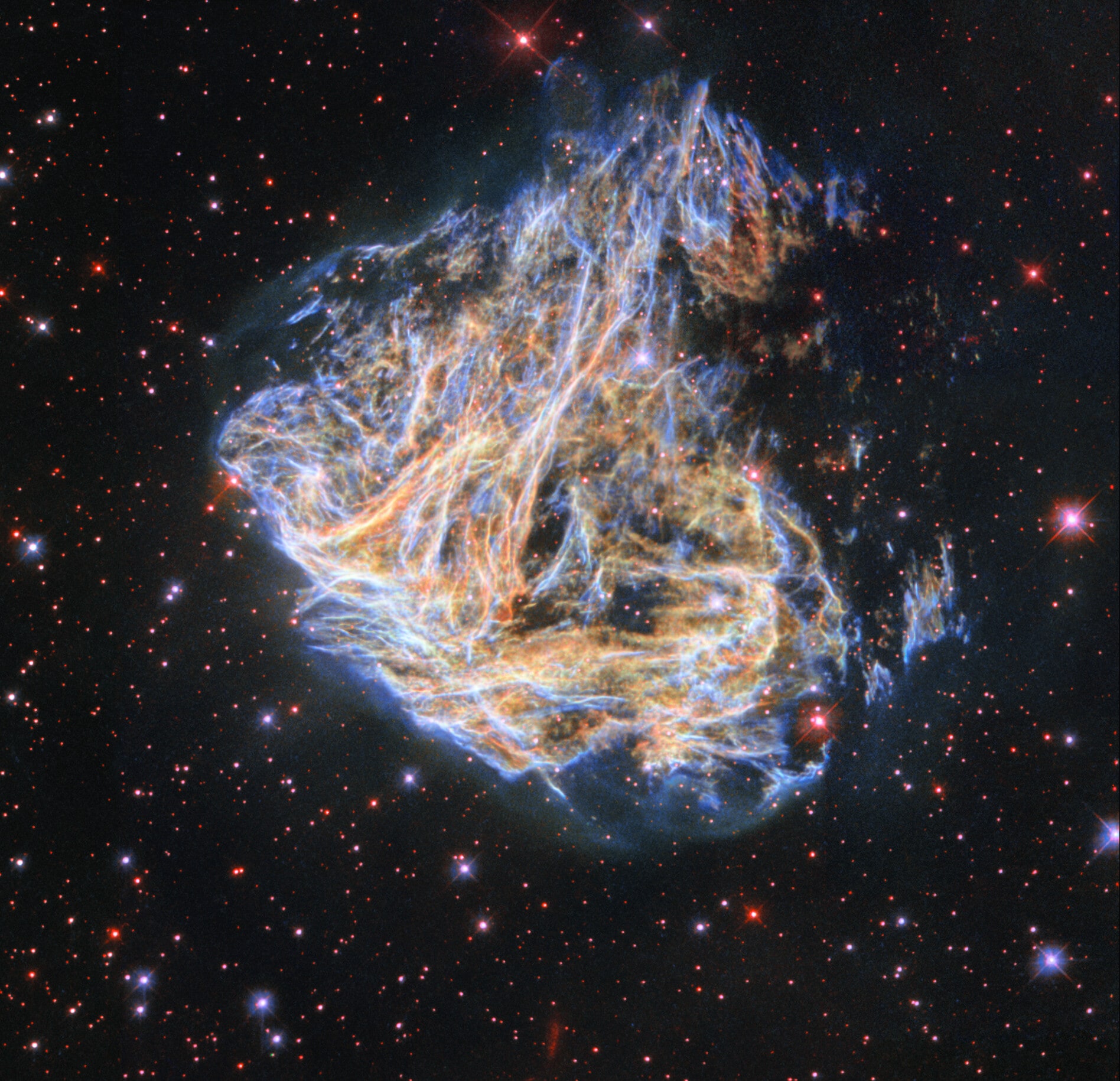
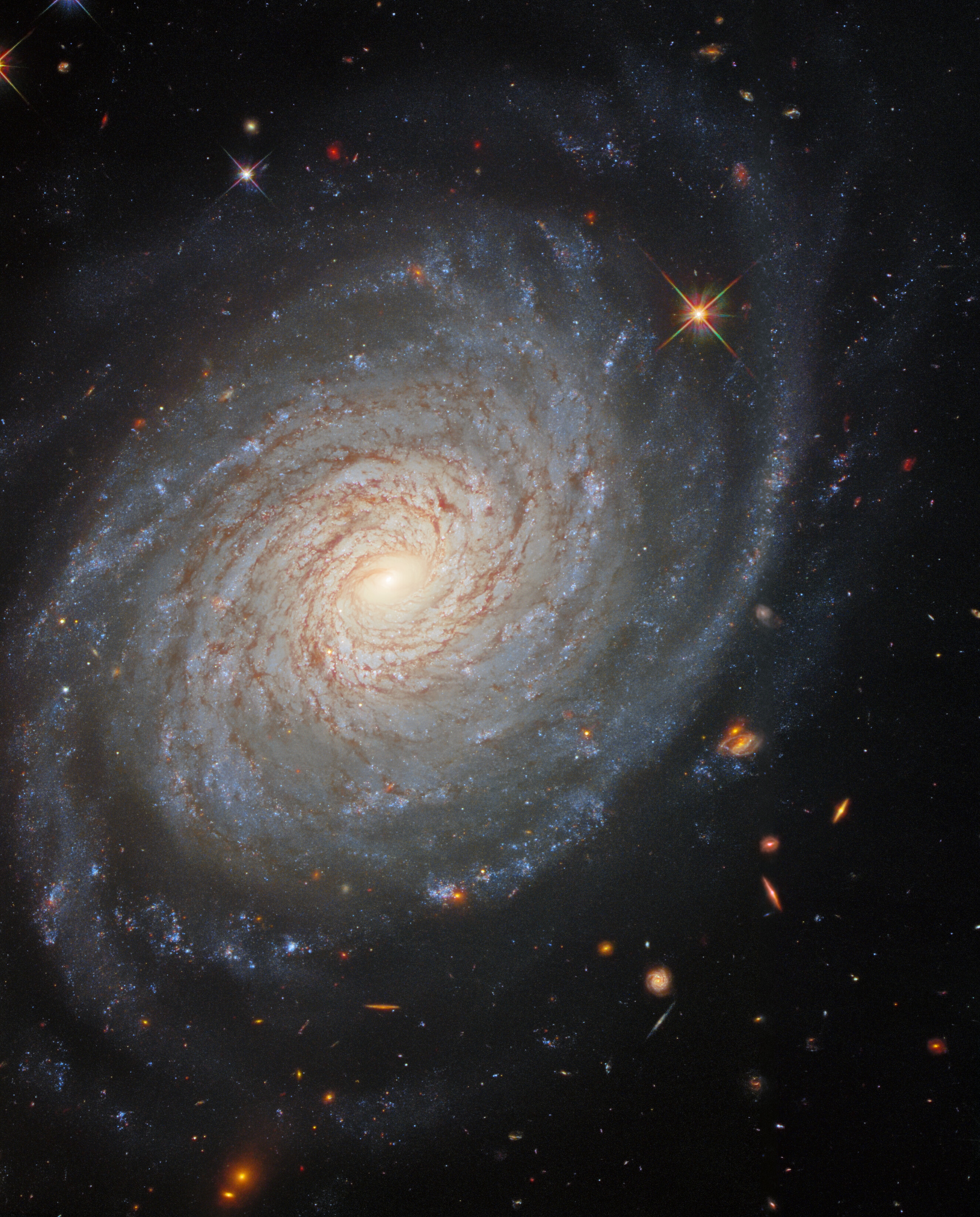
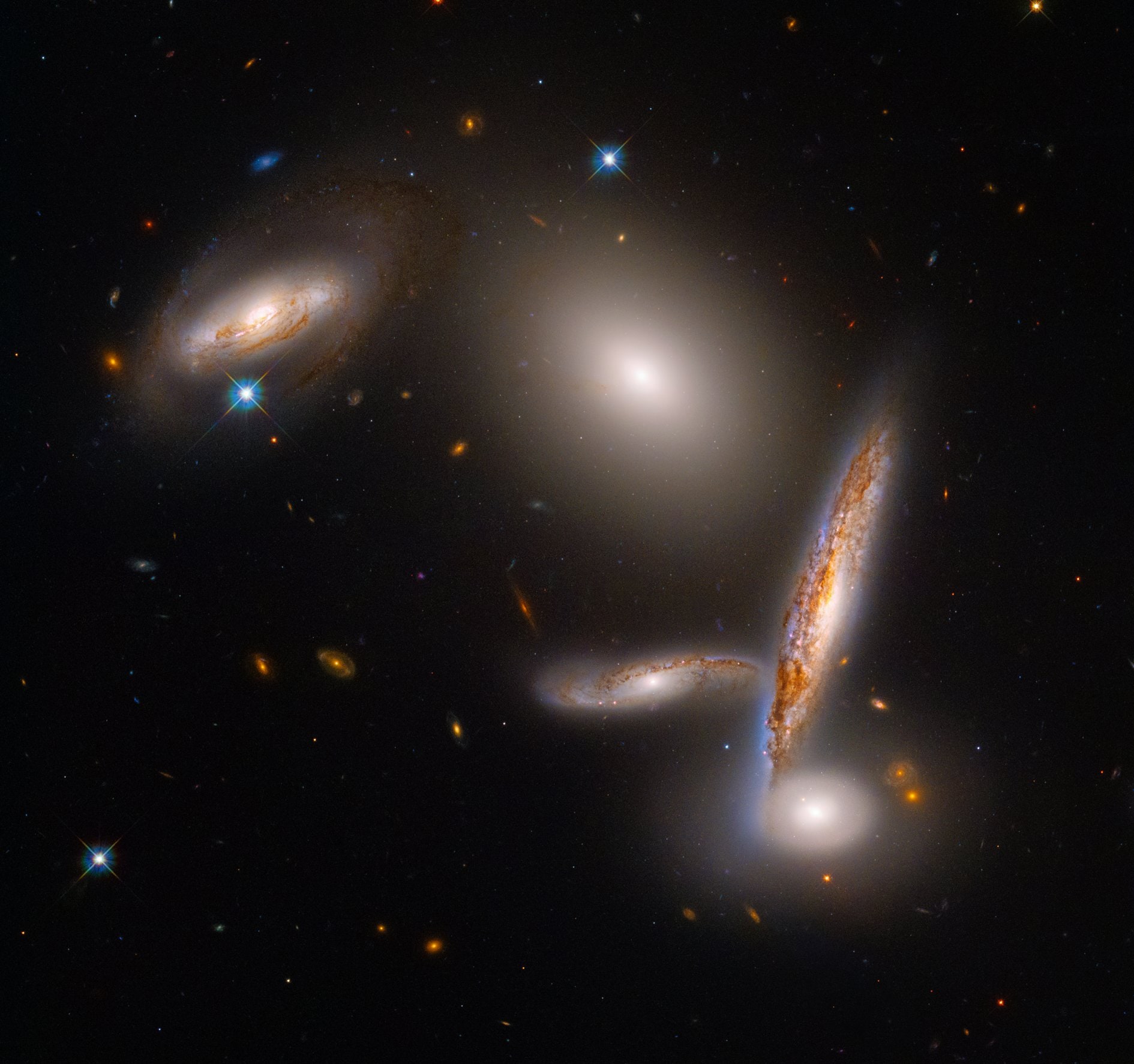

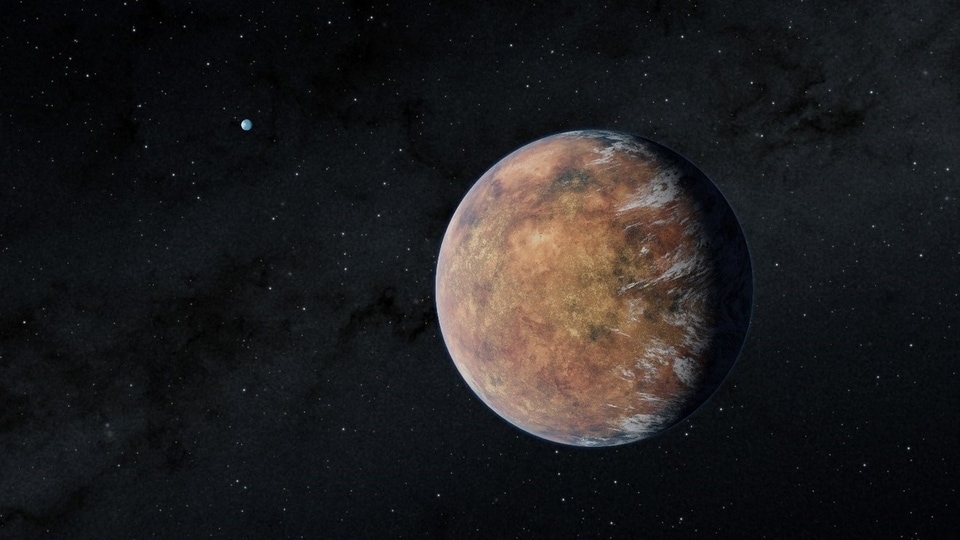
 View all Images
View all ImagesWater is the life force behind every living being on planet Earth. Without water, there is no life. Humans have been on the hunt for an Earth-like planet for decades. Space agencies like NASA, ISRO, CNSA and ESA use their extensive resources to search for planets which could support life one day, should the need to ever leave Earth arise. Although there are more planets in the Universe than you could ever imagine, they all have one substance missing which makes our Blue Planet so unique – Water, which is the elixir of life behind every living being on planet Earth.
To search for habitable planets which could potentially support life, NASA launched its Transiting Exoplanet Survey Satellite (TESS) on April 18, 2018. According to NASA, TESS is an all-sky survey mission that will discover thousands of exoplanets around nearby bright stars. Since its launch, TESS has identified countless exoplanets, including a Super-Earth. One of them was even blanketed by water. Now TESS has made another astonishing discovery as it has found an Earth-sized planet in a habitable zone of its star with a high probability of water on the planet's surface, according to NASA.
The planet is named TOI 700 e and it is part of a 3-planet system called TOI 700 b, c, and d. Although the 3 planets were discovered earlier, scientists had said they needed an additional year of TESS observations to discover TOI 700 e.
The discovery was presented at the 241st meeting of the American Astronomical Society in Seattle and A paper about the planet was accepted by the Astrophysical Journal Letters. Emily Gilbert, a postdoctoral fellow at NASA's JPL in Southern California who led the work said in a NASA blog, “This is one of only a few systems with multiple, small, habitable-zone planets that we know of. That makes the TOI 700 system an exciting prospect for additional follow-up.”
Catch all the Latest Tech News, Mobile News, Laptop News, Gaming news, Wearables News , How To News, also keep up with us on Whatsapp channel,Twitter, Facebook, Google News, and Instagram. For our latest videos, subscribe to our YouTube channel.
































